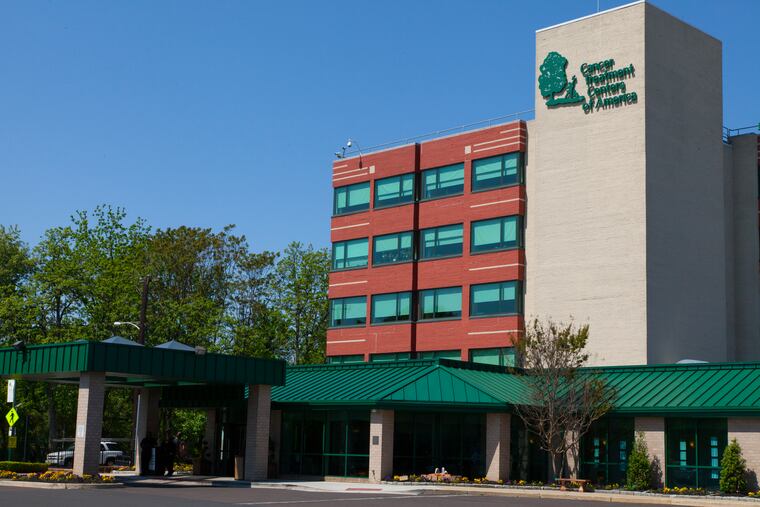For patients without coronavirus, specialty hospitals can create more capacity through partnership | Expert Opinion
Reports are starting to bubble up around the region of cancer surgeries and weekly treatments being canceled due to equipment and/or capacity issues on an individual treatment center level.

Mayor Jim Kenney along with Govs. Tom Wolf and Phil Murphy took some bold and necessary steps in our ever-evolving fight to contain and control the spread of COVID-19. As we head into the next week of the crisis, we must not lose sight of an equally important population: those with high-risk medical conditions who require continued care.
Reports are starting to bubble up around the region of cancer surgeries and weekly treatments being canceled due to equipment and/or capacity issues on an individual treatment center level. In a time like this, however, it is critical for all regional hospitals to find solutions before patients are told to forego treatment. While the Philadelphia tri-state area hasn’t reached that point, now is the time to collaborate on an appropriate path forward.
In order to do this, members of the larger health care ecosystem such as the general and university hospitals in Philadelphia, community hospitals in the suburbs of Pennsylvania and New Jersey, along with insurance providers and treating physicians, must come together to ensure there is no disruption for those impacted by COVID-19, as well as the tens of millions suffering from other conditions including cardiac disease, cancer, and stroke. This pandemic will not pass in two weeks, and those conditions will eventually backlog into a “double hump” of clinical shortage that will quickly worsen morbidity and mortality for those conditions.
At a local and regional level, specialty hospitals like Cancer Treatment Centers of America that treat a specific type of condition must look to partner with community general hospitals to help them create more capacity, more concentrated expertise, and to avoid forgetting the millions of other patients during this crisis. The pressure on these precious resources will get worse before getting better, and this mobilization needs to occur immediately.
Fundamentally, as a system, we must do three things:
Maximally utilize regional capacity at hospitals equipped to handle the massive amount of respiratory illness and infectious disease seen in the COVID-19 pandemic.
Ensure acute care and specialty hospitals step up and free up capacity so the above centers can continue to maximize capacity, speed, separation, and focused expertise.
Avoid the “double hump” of clinical shortage on a system that will have a debt-load of non-COVID clinical cases to tend to with a sick, burned out clinical workforce.
Ultimately, “flattening the curve” is contingent on having enough capacity — beds, ICUs, supplies, clinicians — to handle the spike in need. At the same time, certain centers are more capable and expert at handling certain conditions which are not going to go away (heart conditions, stroke, cancer, and necessary surgeries). Large health systems are generally skilled at treating many conditions such as infectious diseases, while specialty hospitals are particularly adept at treating specific conditions. This is exactly what each should be focusing on during this pandemic.
As clinicians, we always focus on the patients in greatest immediate need, which in this current crisis would seem to be COVID patients. But we must not lose sight of the tens of millions of other patients who also need our assistance now. There is an enormous imperative for specialty institutions to bring in reinforcements to their local community hospitals that need beds and resources by treating their non-COVID patients as their own until we get through this current crisis. Working together, we can all find the light through the darkness and ensure our patients remain vigilant as we walk down this unprecedented path together.
Pat A. Basu is the president and CEO of Cancer Treatment Centers of America Global Inc. Prior to joining CTCA, Basu served as a White House fellow and senior adviser and played a key role in helping execute portions of then-President Barack Obama’s economic and health agenda.